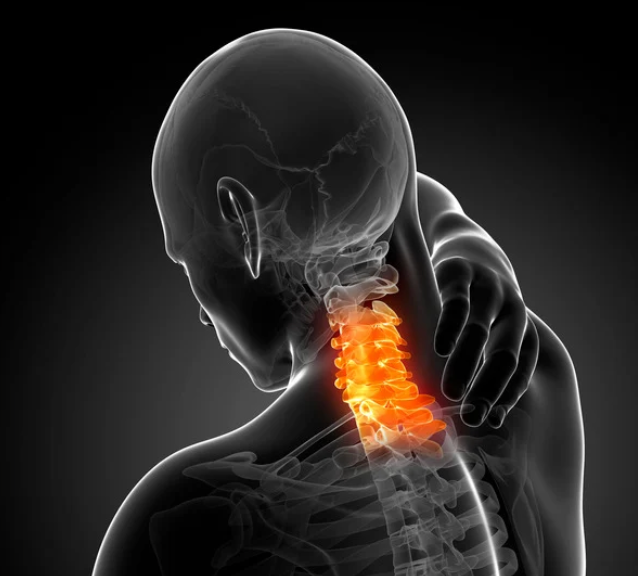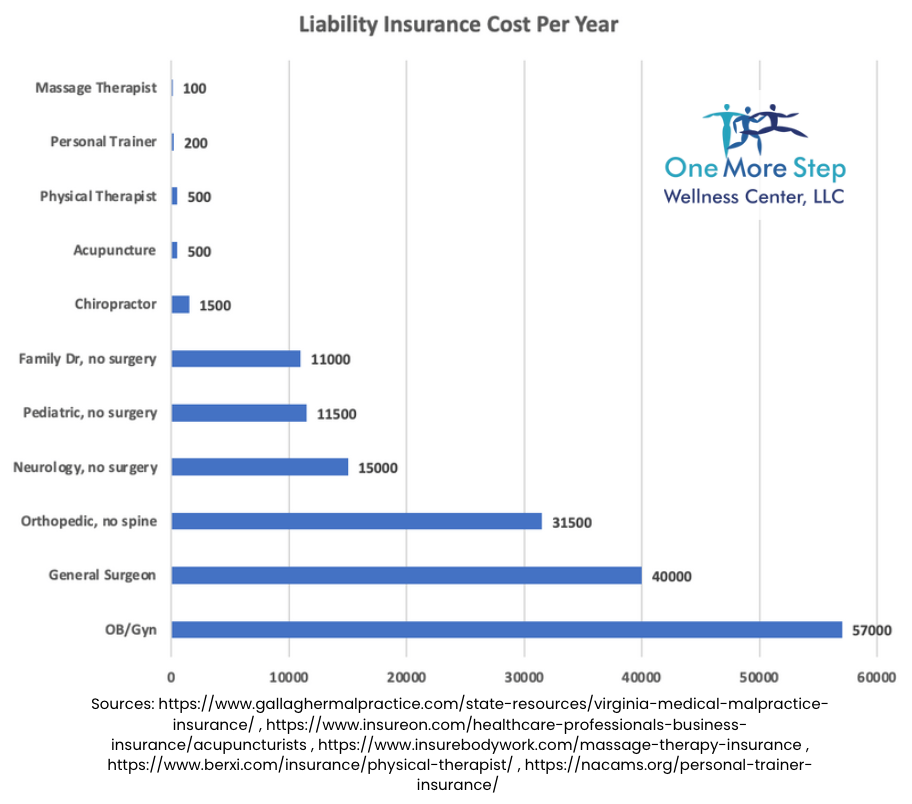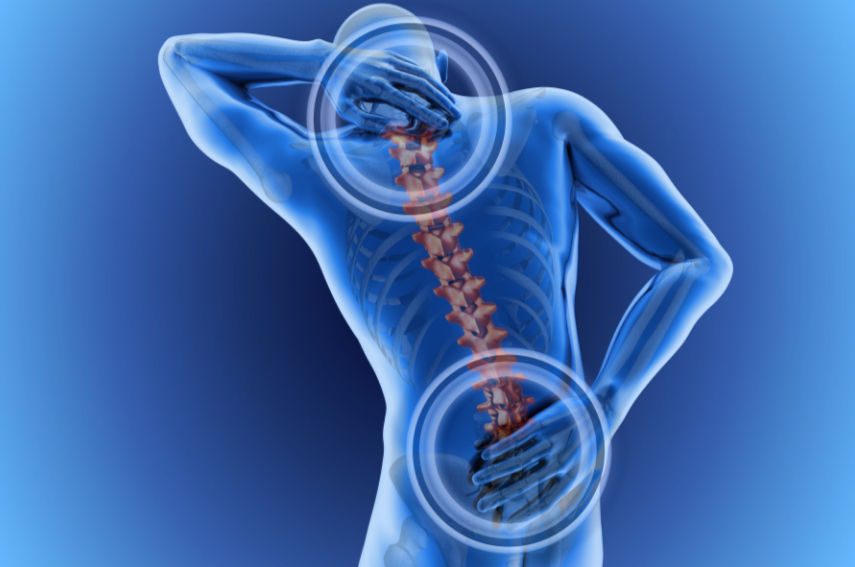Safety of Chiropractic Adjustments for Acute Neck Pain
- Dr. Melissa Adams

- Aug 12
- 4 min read

This week's blog will be looking at somewhat of a hot-topic in the world of chiropractic care - neck pain, specifically the safety chiropractic adjustments for acute neck pain. Acute neck pain is recent neck pain, as opposed to chronic which is typically present 3 months or longer.
Neck pain is the fourth most common cause of disability around the world and about 30% of people in the world experience neck pain in any given year. Most/many cases will resolve with or without treatment. Somewhat surprisingly, about half of individuals with acute neck pain go on to have chronic or recurring neck pain which can result in a variety of issues including high treatment costs (particularly in the US), time off work and difficulty completing home-activities, and more.
The study was a systematic review and meta analysis type of study, what does that mean!? It means, in the hierarchy of evidence, it is the highest form of evidence. Why? Because it is looking at other studies and statistically putting the information together, looking for statistical significance throughout all the studies that fit its purpose.
Here is the hierarchy of evidence:

This study included 8 studies (by the time they filtered out studies that did not fit their research goal). These 8 studies were all Randomized Controlled Studies (RCTs) and included nearly 1000 patients, when searching for studies up to March 2023.
Findings included spinal manipulative therapy (chiropractic adjustments) to be better than the control in reducing pain, improving the range of motion of the participants' necks, and reducing disability scores. It was found to be very safe with no serious adverse effects.
Spinal manipulative therapy targeting those areas of the spine which are dysfunctional, and combined with therapies (such as exercise) was most helpful. Interestingly enough, 3 studies adjusted the mid-back (thoracic vertebrae), 1 study adjusted the entire spine, 3 adjusted the neck (cervical vertebrae), and 1 study adjusted the first rib! It is worth noting that they received anywhere from 1-15 sessions and all studies were completed within 4 weeks.
All studies were RCT studies, so they all had control groups which did not receive the adjustments. The control groups experienced a variety of conditions including drug thearpy, exercises, and/or sham (pretend/fake) adjustments.
“Serious adverse events potentially associated with SMT [spinal manipulative therapy) are exceedingly rare, with incidence rates ranging from 1 case per 2 million procedures to 13 cases per 10,000 patients, and no life-threatening or fatal adverse events have been reported.” This is indicative of spinal manipulative therapy being quite safe, even for those experiencing acute neck pain.
Spinal manipulative therapy was shown to decrease pain, increase neck range of motion, and decrease the disability level of individuals with acute neck pain. Neck adjustments plus exercise was more effective in helping to decrease pain and disability, when compared to those who received a mid-back (thoracic) adjustments plus exercise.
The study did have one study which had 1 mild adverse effect - a mild, unusual arm sensation but this soon went away, had no abnormal exam findings, and was considered "mild."
In short - chiropractic care for acute neck pain is safe for many/most individuals and is effective in reducing pain and disability while improving neck range of motion.
Patients undergoing spinal manipulative therapy by any healthcare practitioner (chiropractor, physical therapist, osteopathic physician, etc) should have an appropriate exam prior to any adjustments. In our office, we test range of motion of various portions of the spine as well as asking about stroke, heart attack, and cauda equina symptoms (all conditions which require an ER NOT our office). Additionally, we test motor strength as well as a sensory exam (light touch, deep/sharp touch, and vibration). We do everything we can to ensure that the patient is not neurologically compromised and we have sent patients out for imaging or referred patients to neurologists or orthopedic surgeons when necessary. All of this also requires the patient to be honest about level of pain or if they do feel a difference during the sensory exam, etc.
Don't forget! Our office does not do any of the twisting adjustments, not to the neck or the low back. Why? Because many patients are very nervous about these adjustments and there are other ways to adjust those areas, so we use those!
As an additional note - when it comes to safety of any healthcare practitioner field, one way to look at the overall level of safety is to look at their malpractice insurance rates. We all know insurance companies are out to make money. Their goal is to always take in more money than they have to pay out, so a field that has higher risks will naturally have higher premiums.
Here is a quick chart on the (rough) average cost of malpractice/professional liability insurance costs for various healthcare professionals ...

Don't forget - chiropractors are licensed in all 50 states and you can look up our license(s) online with the specific state board. In general, chiropractic is very safe, there is always a risk to everything, there is a risk in doing nothing as well. It is important to be informed, get your information from good, reputable sources (like systematic reviews!), "shop around," you need to be your biggest advocate.
Also - remember, it is actually illegal for one healthcare provider within one field to tell you to not see a healthcare provider in another field.
Study Source: https://pmc.ncbi.nlm.nih.gov/articles/PMC12044948/
Blog sponsored by One More Step Foundation
This is not medical advice, always ask a chiropractor if chiropractic care is appropriate for you, and your preferred healthcare provider before making dietary, supplement, or lifestyle changes.








Comments